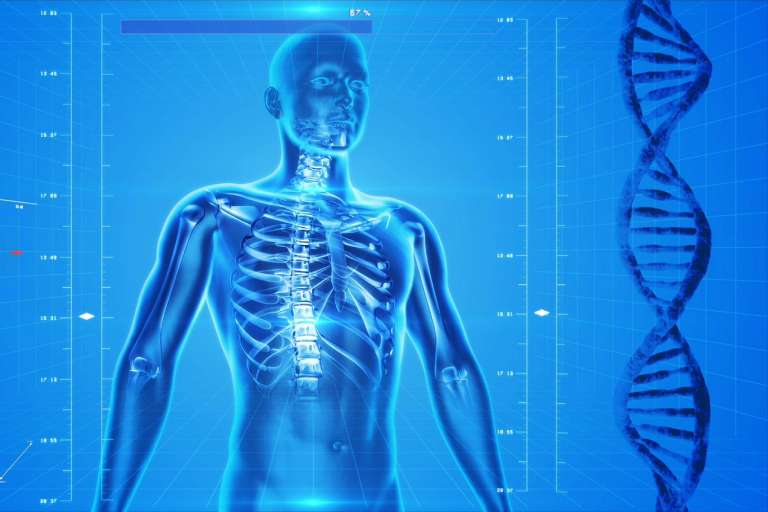Implementing Data Analysis for Operational Optimization and Increased Business Performance
Businesses today have access to more data than ever before, from customer transactions and interactions to operational metrics and financial …
 10 | 10 | 2019
10 | 10 | 2019 What started in distant corners of human imagination caught on like wildfire drastically reshaping today’s reality. Think of self-driving cars, cybernetic limbs, smart personal assistants, AI-powered customer assistants, autonomous drones, smart home devices etc. As AI technology gets more adaptable, the public attention it generates and the media coverage it gets is only beaten by the healthcare news headlines reporting huge death rates. AI technology has been summoned up to stem the tide.
Our team joined forces with our client who pursued a lofty goal to apply machine learning algorithms, utilize AI technology for big data analysis and develop an image-based deep learning system aimed at estimating the risk of breast cancer and diagnosing oncology at the earliest stage.
We will walk you through the stages of this idea development into a software solution.
Over the past years medical imaging techniques (X-rays, MRIs, etc) have advanced in relevant representations of tissue abnormalities and are now commonly used in healthcare, creating a vast amount of data radiologists sift through daily. With a steadily increase in the amount of imaging data often being the cause of a delay in diagnosis, radiologists would look to software to improve workflows and diagnostic accuracy of medical imaging interpretation. The tech solution would also prevent the professional burnout of medical specialists who daily struggle through a maze of data.
Building a medical image interpretation system with a capability to retrieve and interpret data and identify the likelihood of breast cancer meant addressing the following issues:
By feeding images of mammograms to the deep-learning model, a radiologist will train the algorithm to recognize patterns in breast tissue that signal potential cancer symptoms or impending development of cancer. When a radiologist performs screening, the algorithm will detect the subtlest lesions barely visible for human eye. A doctor then will give such patients a referral for preventative treatment.
To identify an abnormal breast tissue the deep-learning model will be able to process huge number of medical images to deduce the patterns.
Complex domain logic defined the required web application behavior and functions. For this reason, the healthcare solution was built as a multiple-module system, where each module, incorporated through the interface, served a separate business function.
The machine learning project comprised three stages:
The client had his own in-house software development unit yet contacted Agiliway to empower its team by engineers proficient in .NET technology, React web framework and skilled at backend development. Agiliway took over this part of the project which involved creating the logic of the application.
The machine learning system was built with Python. Due to its rich technology stack, extensive set of libraries, frameworks, and extensions that simplify the implementation of machine learning algorithms, Python proved viable for computer vision, data analysis and machine learning.
Following users’ feedback, the team utilized full stack capabilities of JavaScript to build the user interface and improve user experience.
Integrated into the clinical workflow, this machine learning healthcare application assists radiologists to achieve high efficiency and productivity by:
People usually find comfort in the belief that in most cases all the deadliest forms of breast cancer can be cured once diagnosed early. Now the radiologists can further calm patients by using the AI-powered technology that knows how to reduce those “most cases” to almost non-existent. Radiologists have found a strong ally in their raging war with breast cancer.
READ ALSO: Big Data best practices: top 5 principles
Businesses today have access to more data than ever before, from customer transactions and interactions to operational metrics and financial …
Conversational AI systems can engage in natural conversations and dialogue with humans. Powered by machine learning and natural language processing, …
The decision between hiring a software development company or a freelancer can be challenging for business owners who are looking …